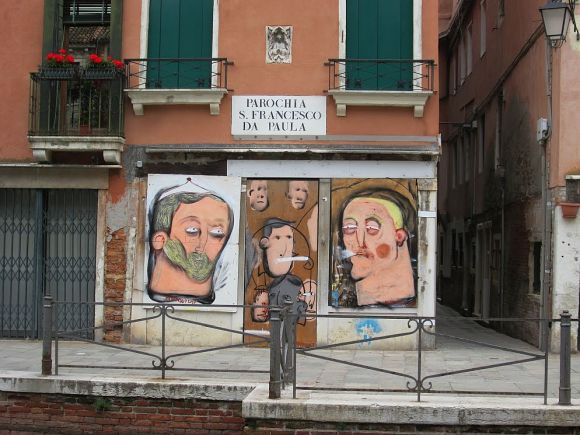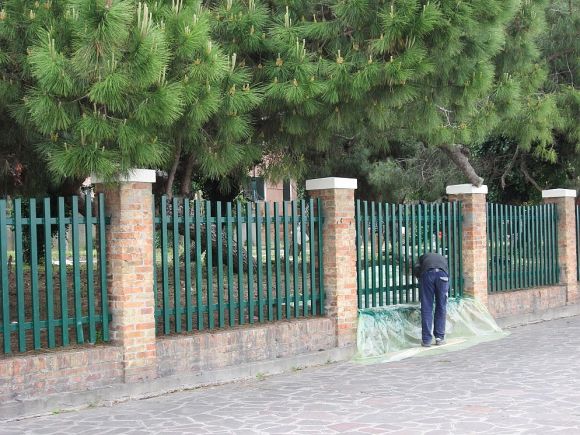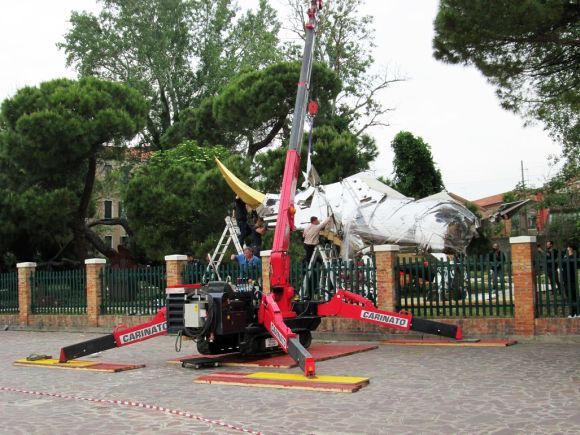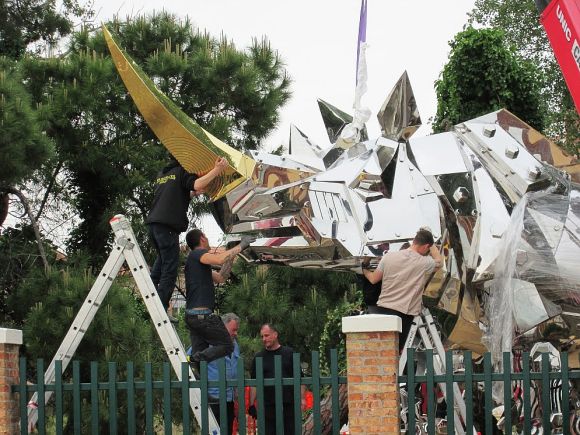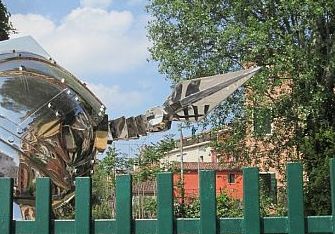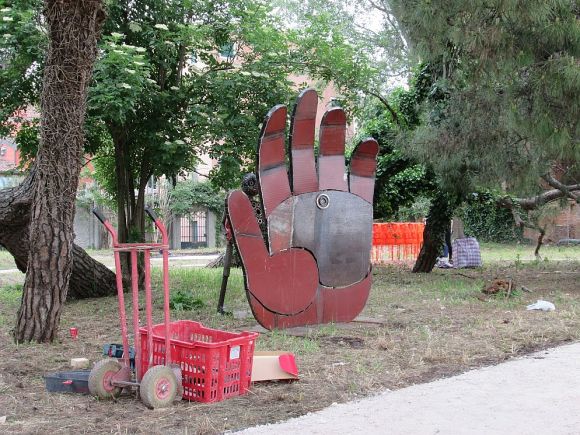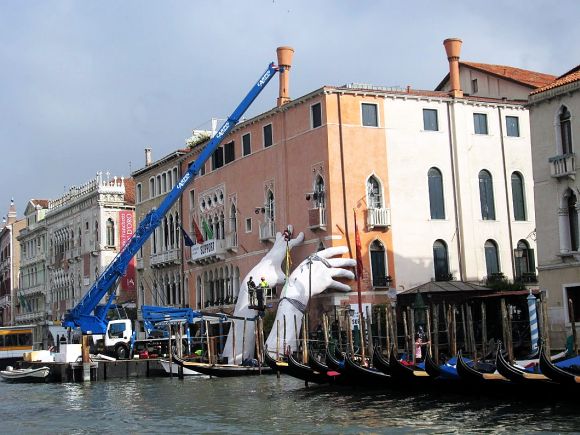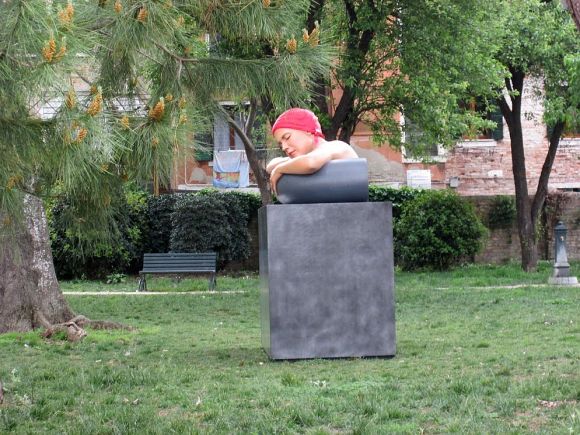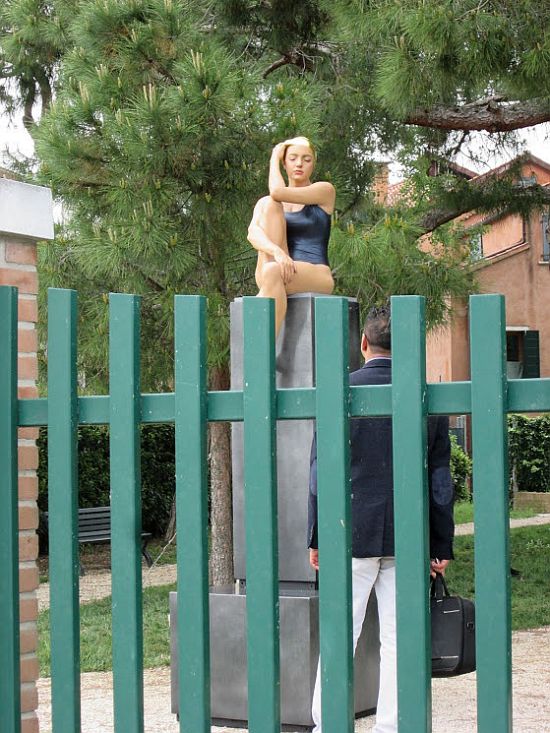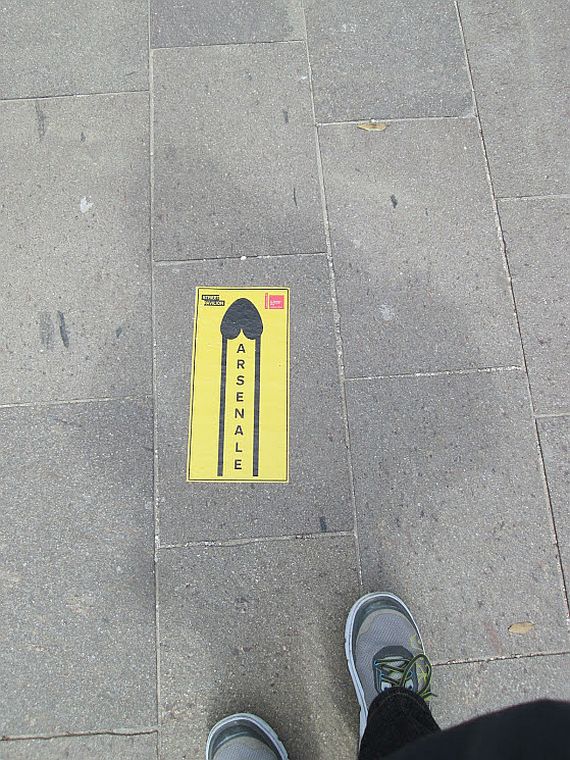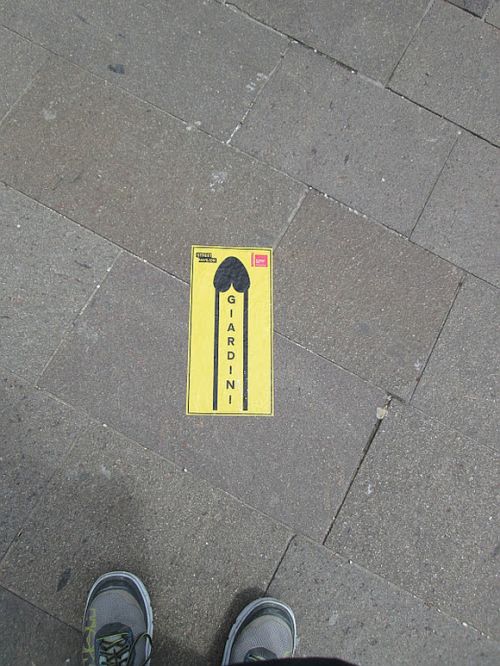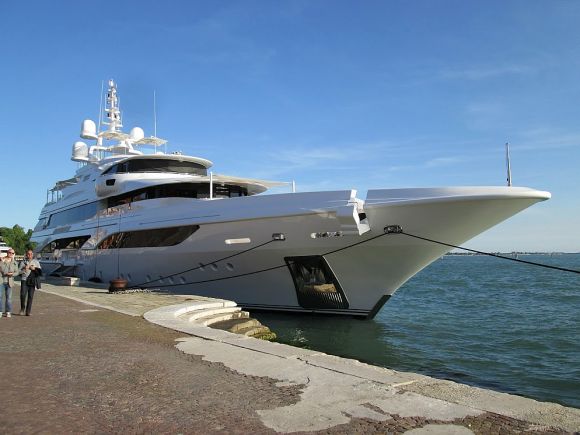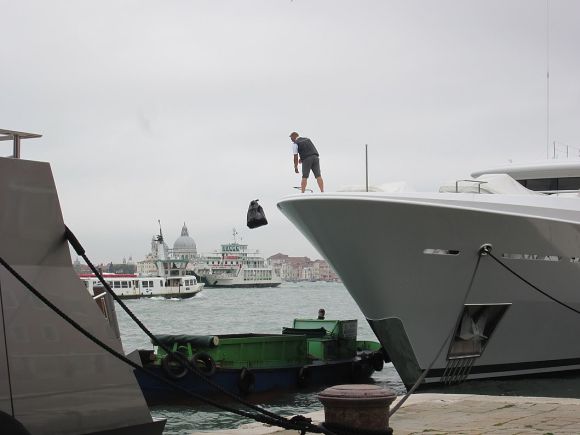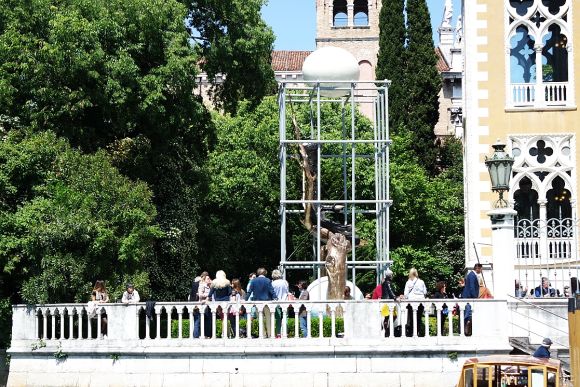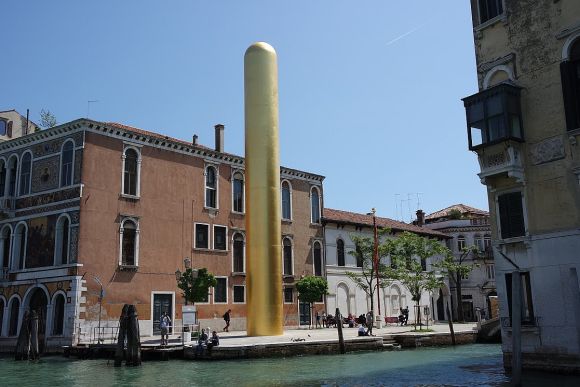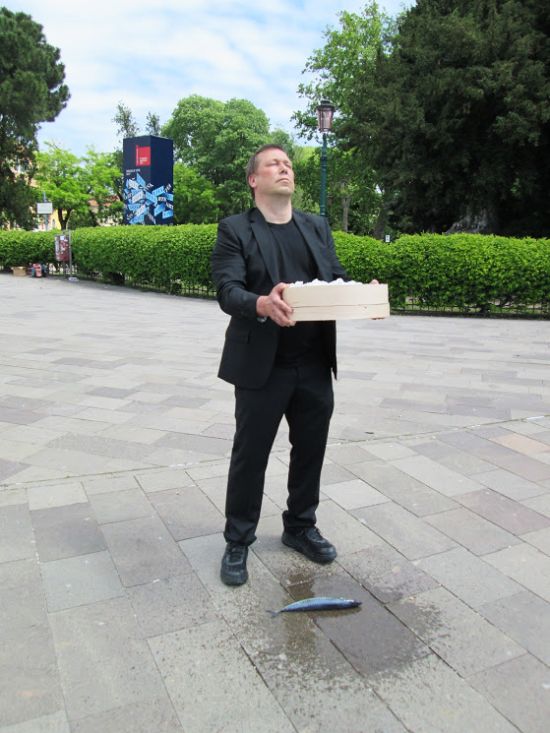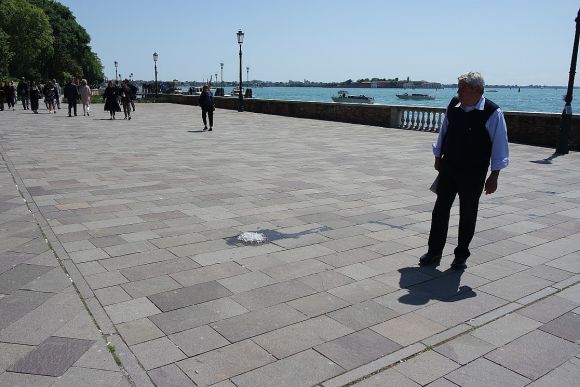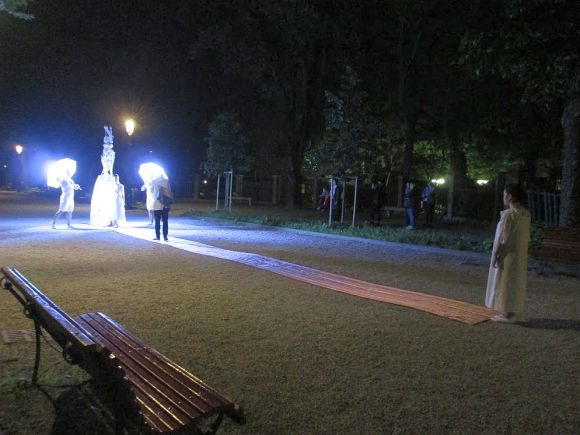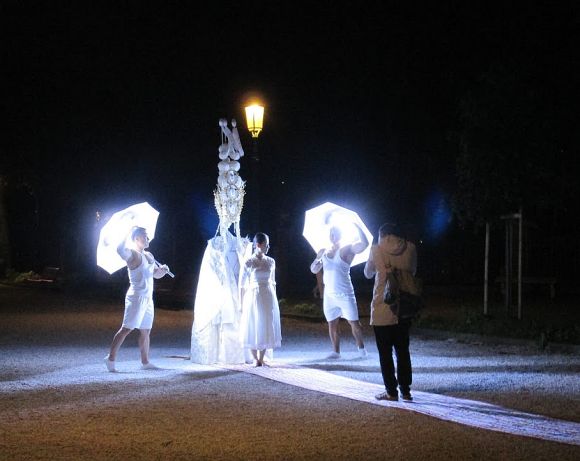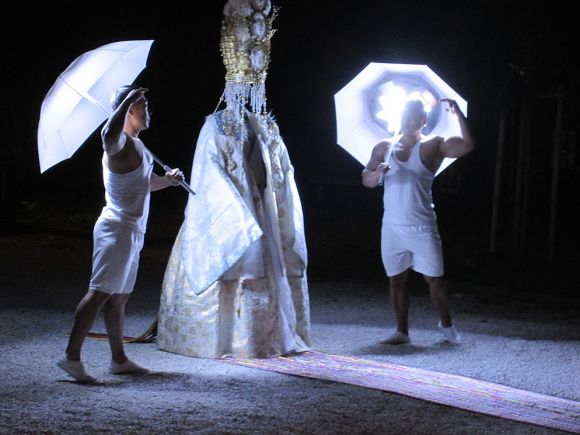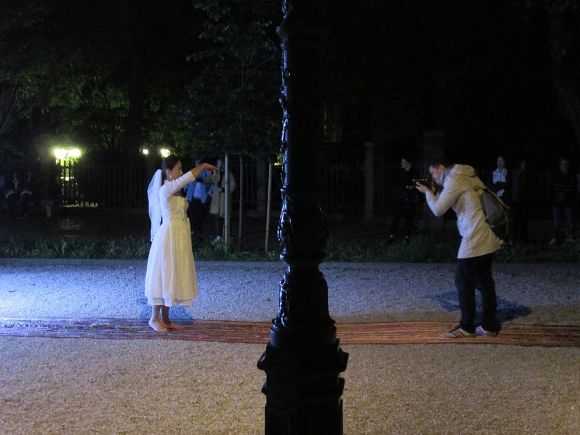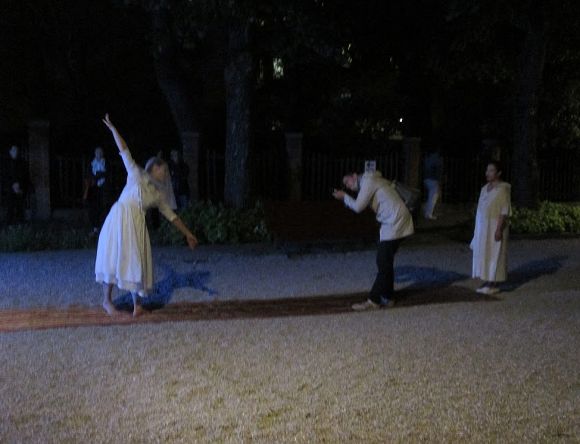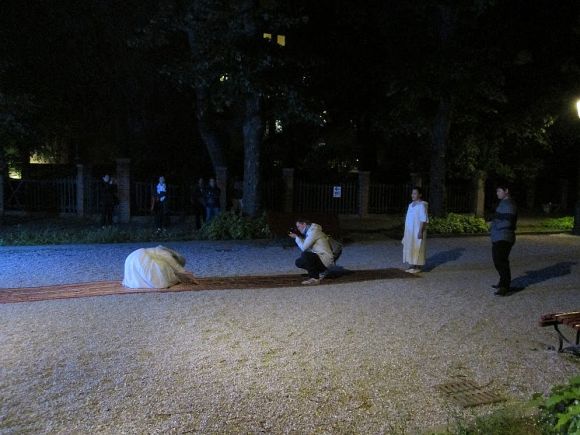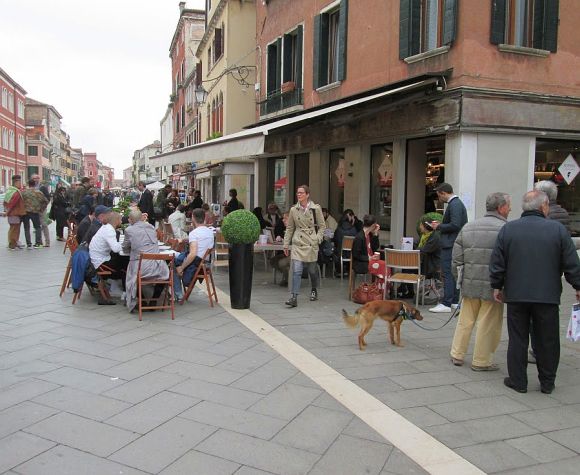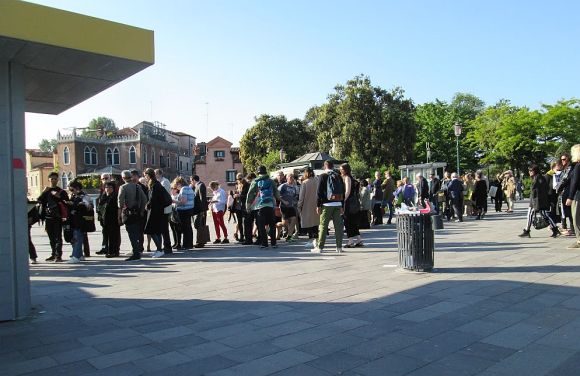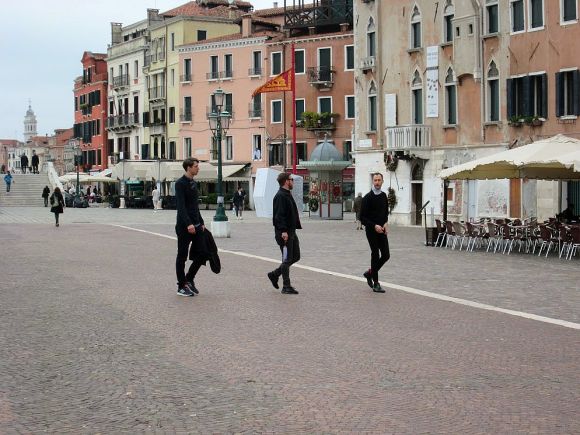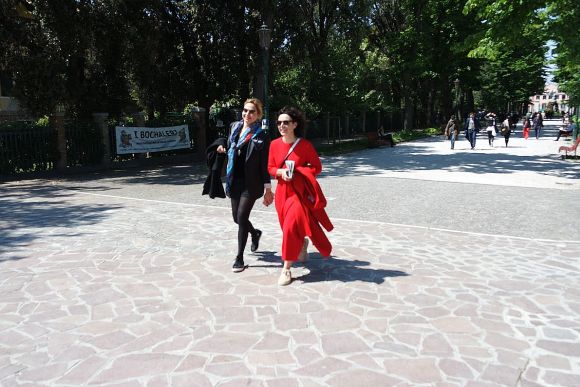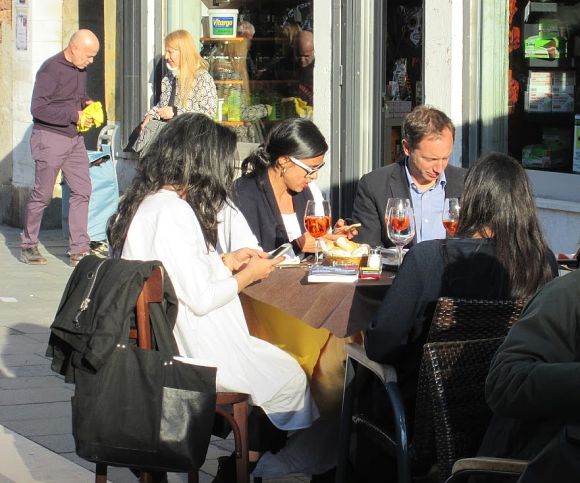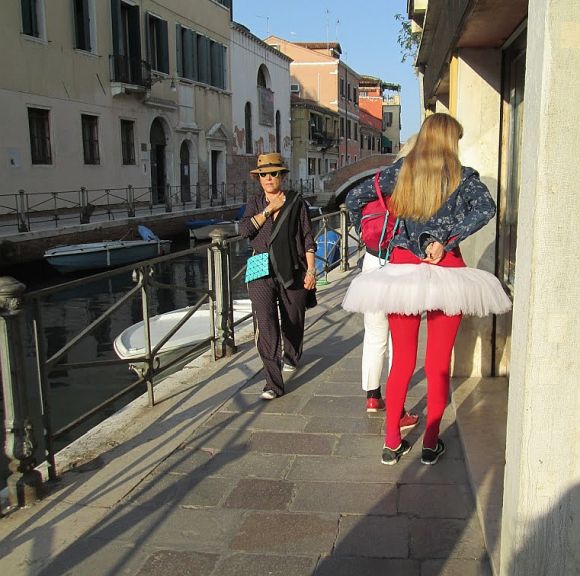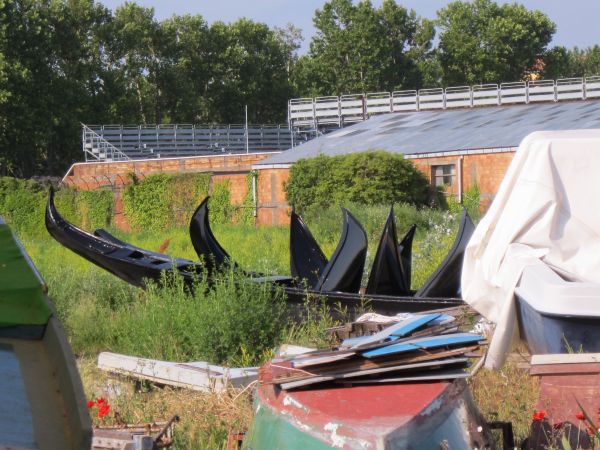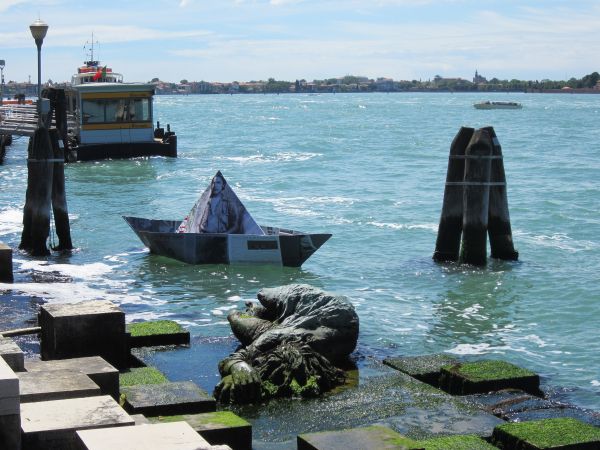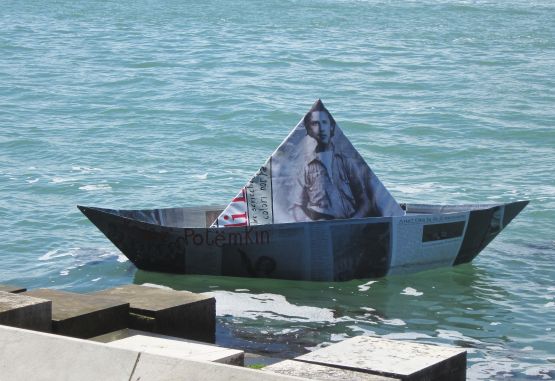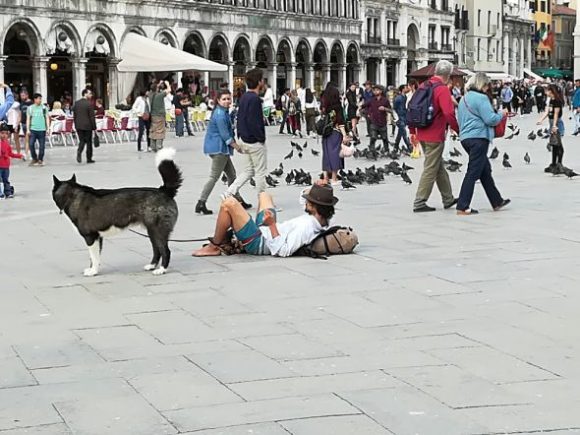
Sometimes people ask me when the “tourist season” or “high season” begins, and I used to be uncertain. Uncertain no more: It’s Easter. Easter is like the starting bell at Churchill Downs — they just start coming. I can’t explain it, but it has never failed; even if Easter were to fall on February 3, November 5, January 22 — that would be the start of tourist season. But that’s not what’s weighing on me.
What’s weighing on me is how so many of our honored guests have come to behave as if they were in their own backyard, or garage, or abandoned lot behind a shuttered White Tower Hamburgers. Extreme bad manners, of which we’ve already had a few starter episodes, get into the newspaper. For example, the drunken Swiss boys cavorting naked in Campo San Giacometto at the Rialto — profoundly repulsive but not DANGEROUS — or the drunken boys (unspecified nationality) who jumped off the Rialto Bridge one night — HUGELY dangerous.
Or the perhaps not even drunken young men who still were jumping off the bridge by the Danieli hotel in full daylight, blithely unconcerned about barges and taxis and gondolas below. The jumpers could easily be injured when hitting the water or, more precisely, hitting something that’s on the water (recall the drunken New Zealander a few hot summer night years ago who jumped off the Rialto and landed on a passing taxi; after six months of agony, he finally died). Anyone in a boat passing under a bridge has to start thinking they’re in some shooting gallery where, instead of bullets, there are bodies coming for them. The prospect of six months of inescapable and increasingly repellent tomfoolery makes me feel tired and dejected.
We know about these shenanigans because people make videos on their phones and post them on social media. That’s the bass line in this chaotic cantata — showing the imbecility by doing something equally imbecilic. Everyone who reads these reports wonders why people are making videos instead of calling the Carabinieri. If you know the answer to this, please step up to accept your award. Right after you call the Carabinieri. But witnesses to the Danieli escapade say that the police were indeed called, and the police indeed did not appear. So there’s that.
In any case, one doesn’t need dramatic episodes to feel repulsed by tourists, and the daily deterioration doesn’t merit much of a story in the paper. Any neighborhood is bound to offer all sorts of examples of boorish behavior. Among various options, my current obsession is the evidently irresistible urge so many people have to just sit anywhere, plop down on the pavement or bridge, when the mood strikes. I realize this is not unique to Venice, because I’ve seen young people sitting on the floor in the airport, as if there were no seats anywhere. I’m not saying we should bring back the corset and the high starched collar, but the other extreme is worse. Why? For one thing, because they’re in the way and public space is already measured in microns. Second, because it makes otherwise normal people, who almost certainly have had some upbringing, appear to want to revert to life as Homo habilis once they get to Venice.
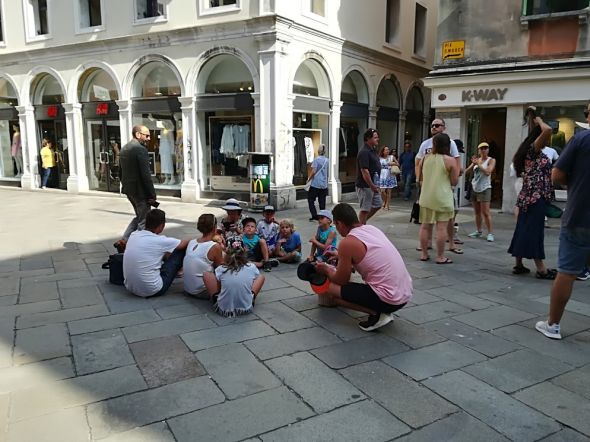
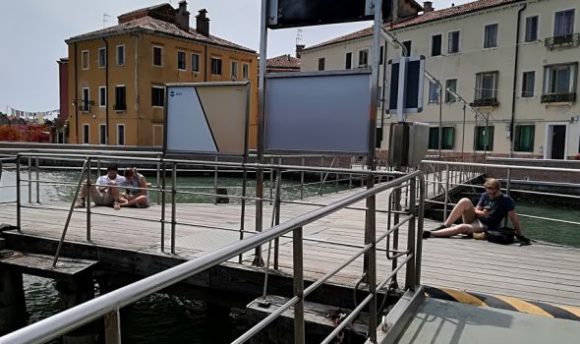
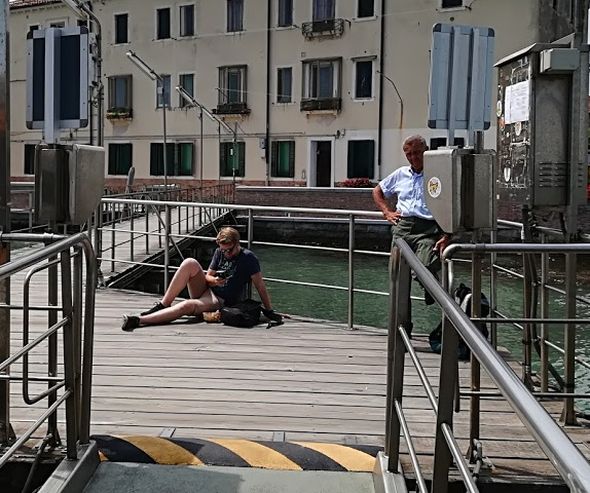

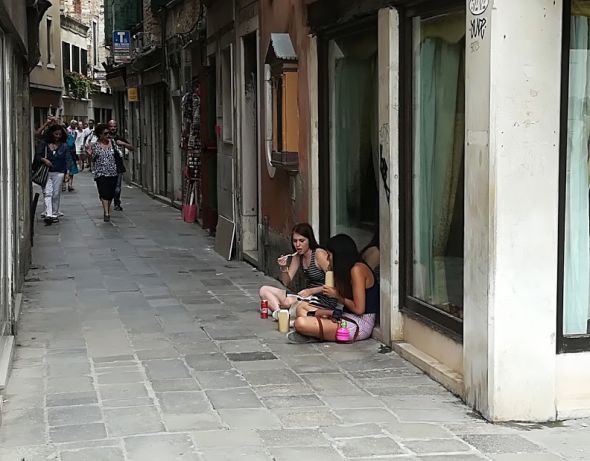
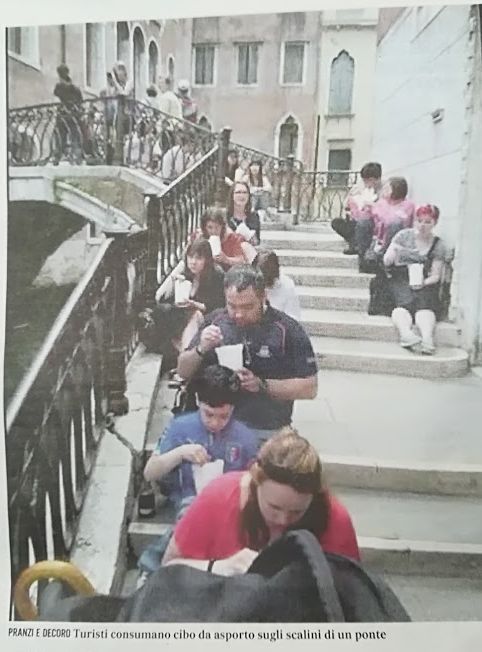
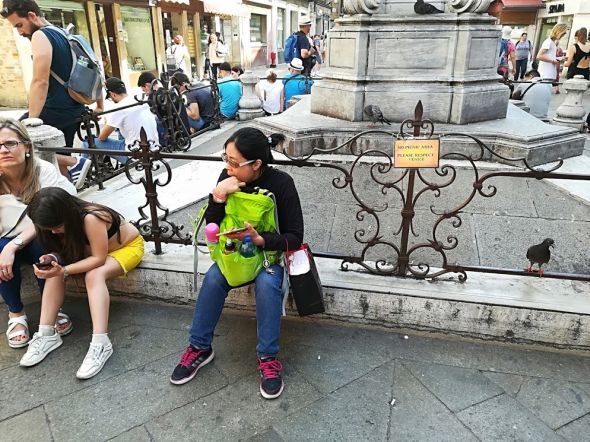
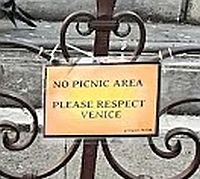
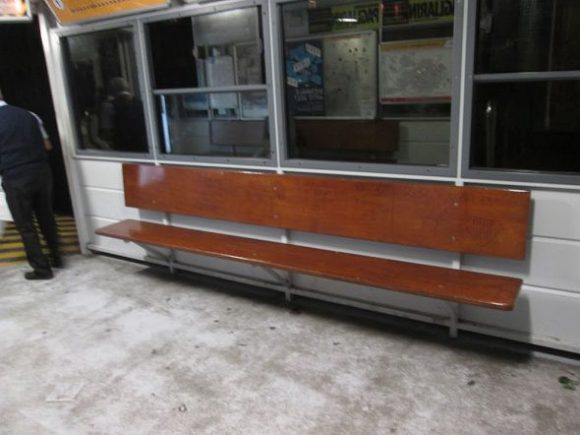
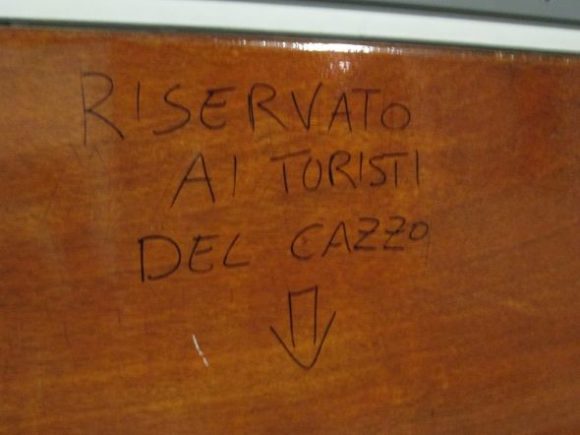
So much for the subject of quality (lack of). In my next post, some observations on quantity (surplus of). There will be interesting statistics.

